Mastering the Craft: The Impact of Dry Hopping Timings in Brewing
Dry Hopping Before vs. After Fermentation: An In-depth Analysis with Pressurized.
Fermentation Insights The craft of brewing is one of endless exploration and refinement. Among the myriad techniques at a brewer’s disposal, dry hopping stands out for its ability to profoundly influence a beer’s aromatic and flavor profile. This blog delves into a detailed experiment comparing dry hopping before versus after fermentation, with a specific focus on the impact of pressurized fermentation on the process.

The Art of Dry Hopping and the Role of Yeast Dry hopping is a technique cherished for its capacity to infuse beer with the essence of hops without adding bitterness. This method involves adding hops to the beer during or after fermentation, allowing the volatile aromas to permeate the brew. The experiment was conducted using Angel Yeast’s A01 American Ale Yeast, known for its clean fermentation profile and ability to enhance hop flavors, making it an ideal choice for our study.
This in-depth exploration of dry hopping before versus after fermentation, particularly our focus on the nuanced impacts of pressurized fermentation, was made possible through the generous support of Angel Yeast. As pioneers in the field of yeast and fermentation products, Angel Yeast has played a pivotal role in enhancing our understanding and application of brewing techniques. For those interested in replicating our experiment or simply looking to elevate their brewing process, we highly recommend exploring Angel Yeast’s comprehensive range of brewing products. Their commitment to quality and innovation in the brewing community aligns perfectly with the goals of this experiment. Discover more about their offerings on Angel Yeast’s brewing product page.
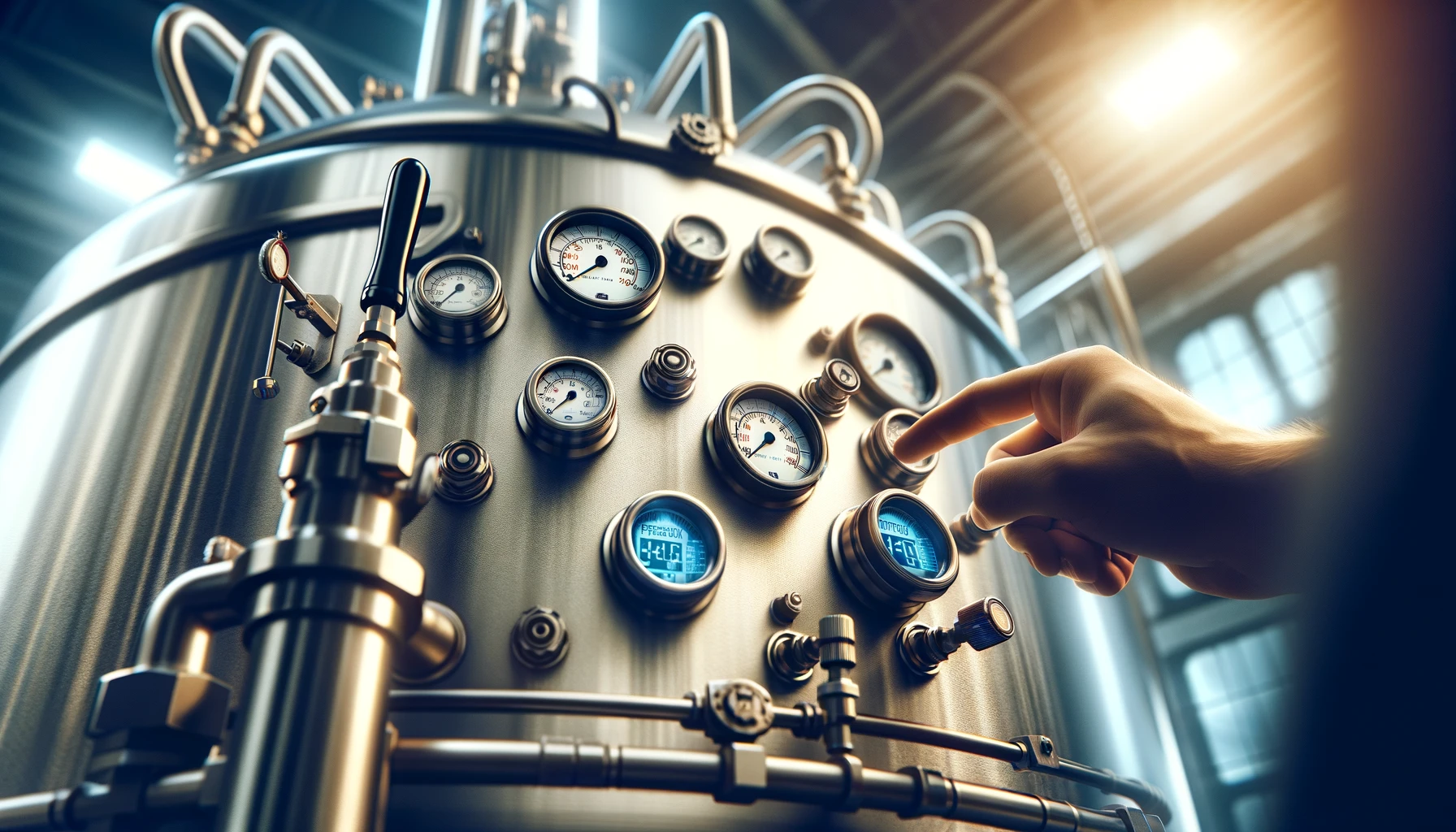
Pressurized Fermentation: A Game Changer A key variable in our experiment was the use of pressurized fermentation, a technique that allows fermentation to occur under pressure, significantly affecting the beer’s final characteristics. Both batches were fermented under the same pressure and temperature conditions, ensuring a controlled environment to isolate the effects of dry hopping timing. Pressurized fermentation is known to reduce ester formation and retain more hop aroma and flavor, which could influence the outcomes of pre and post-fermentation hopping.
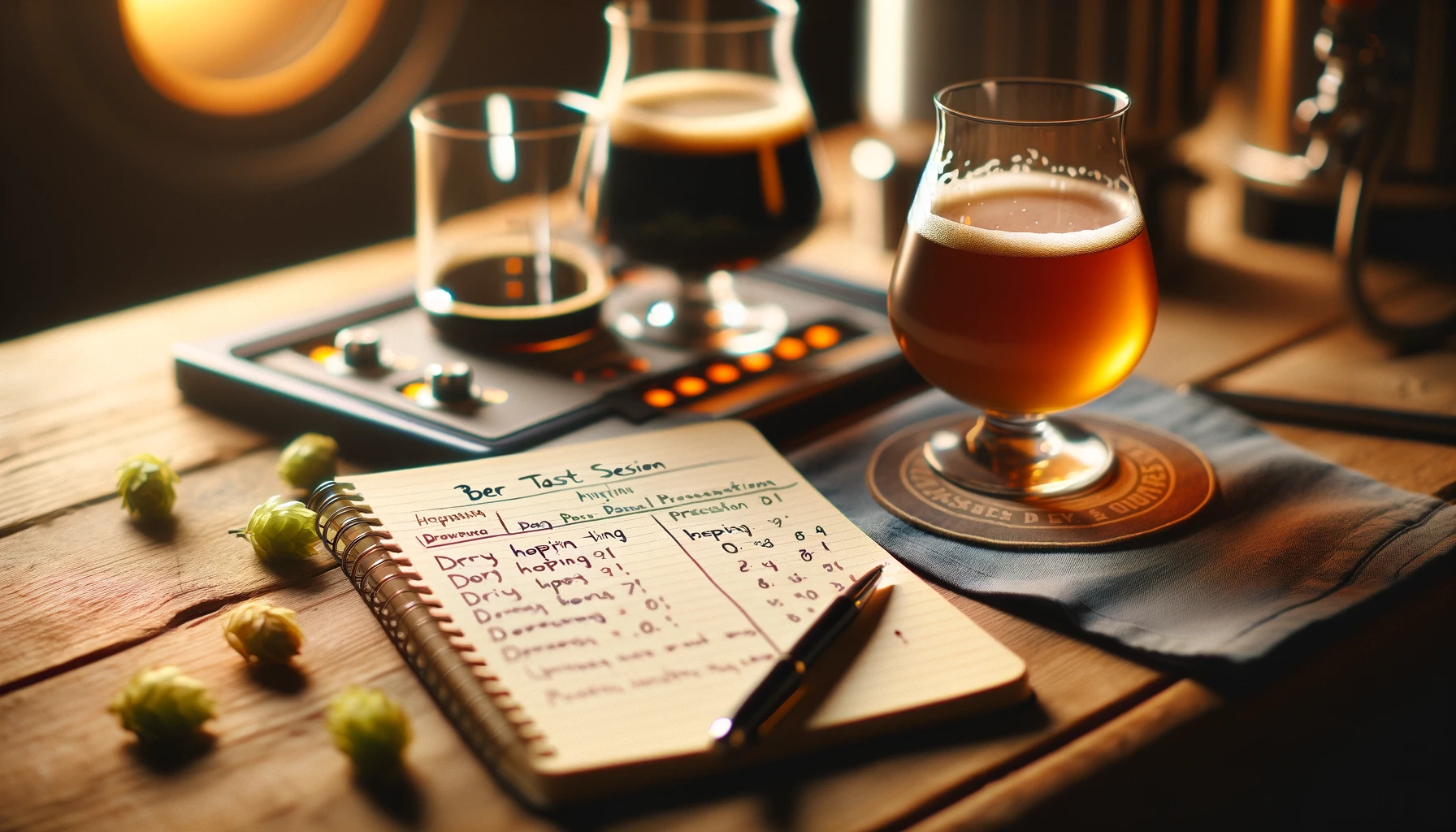
Observations: The Impact of Timing and Pressure The experiment revealed subtle yet noticeable differences between the two methods. The beer dry hopped post-fermentation exhibited a slightly more pronounced hop aroma and a discernible sweetness in taste, potentially attributed to less aroma loss due to the absence of active fermentation. Conversely, the pre-fermentation dry-hopped beer showed a marginally increased bitterness, likely due to the extended contact time with hops under pressure, which may have facilitated a greater extraction of bitter compounds.
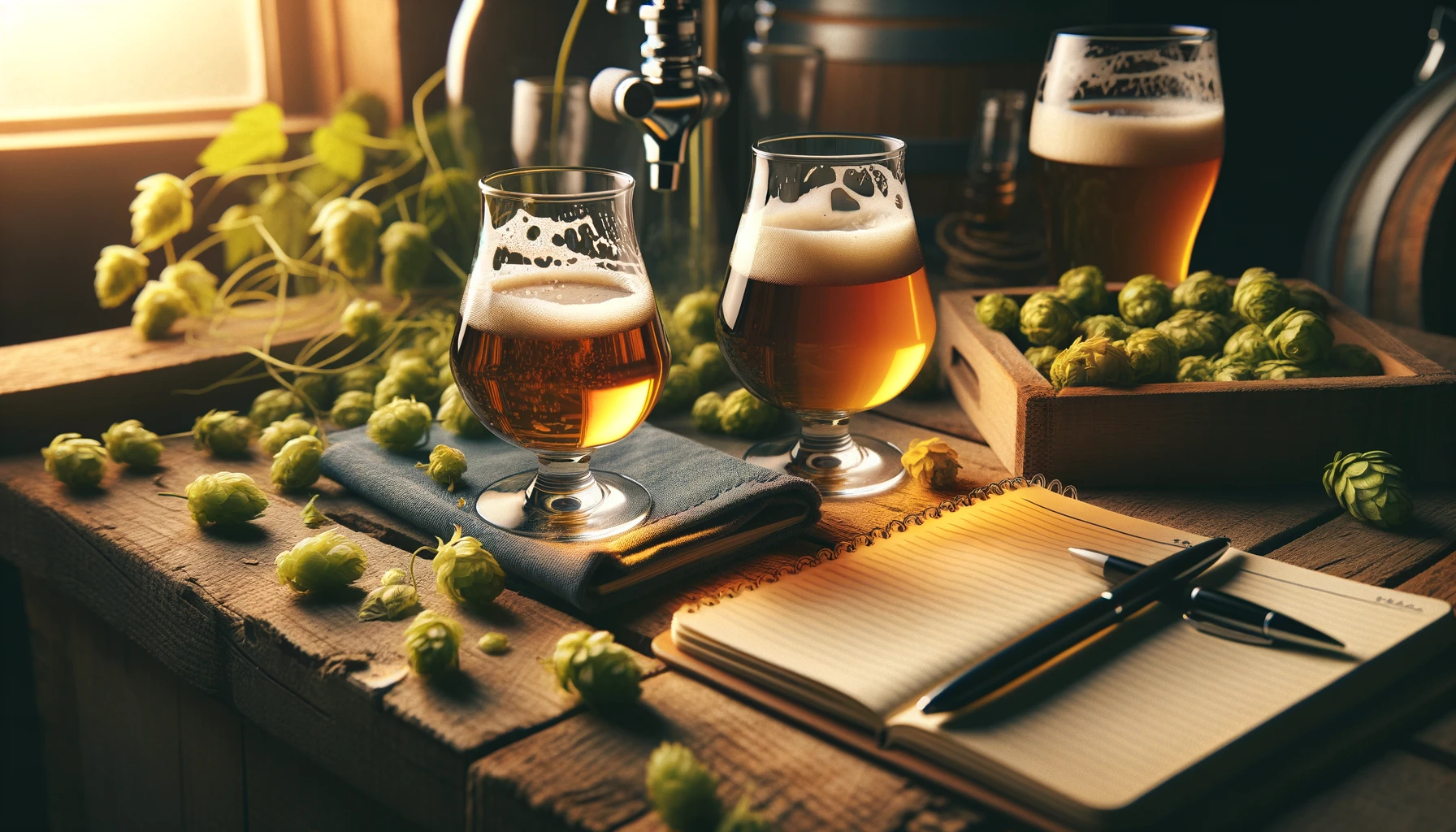
Dive Deeper: Grain to Glass Video and Recipe For those interested in the nuances of this experiment and the specifics of brewing with pressurized fermentation and Angel Yeast’s A01 American Ale Yeast, a comprehensive grain-to-glass video is available. This video not only walks viewers through the brewing process but also offers a downloadable recipe for those eager to replicate this experiment in their home brewery
Conclusion: The Delicate Balance of Dry Hopping This exploration into the effects of dry hopping before versus after fermentation, particularly under pressurized conditions, highlights the delicate interplay between brewing techniques and the resulting beer quality. It underscores the importance of experimentation and the role of pressurized fermentation in crafting unique beer profiles.
We invite you to watch the grain-to-glass video for a deeper understanding of this experiment and to download the recipe to embark on your brewing adventure. Your feedback and results are invaluable to the brewing community, and we look forward to hearing about your experiences with dry hopping and pressurized fermentation. Happy brewing, and may your exploration of hops and yeast lead to many flavorful discoveries!
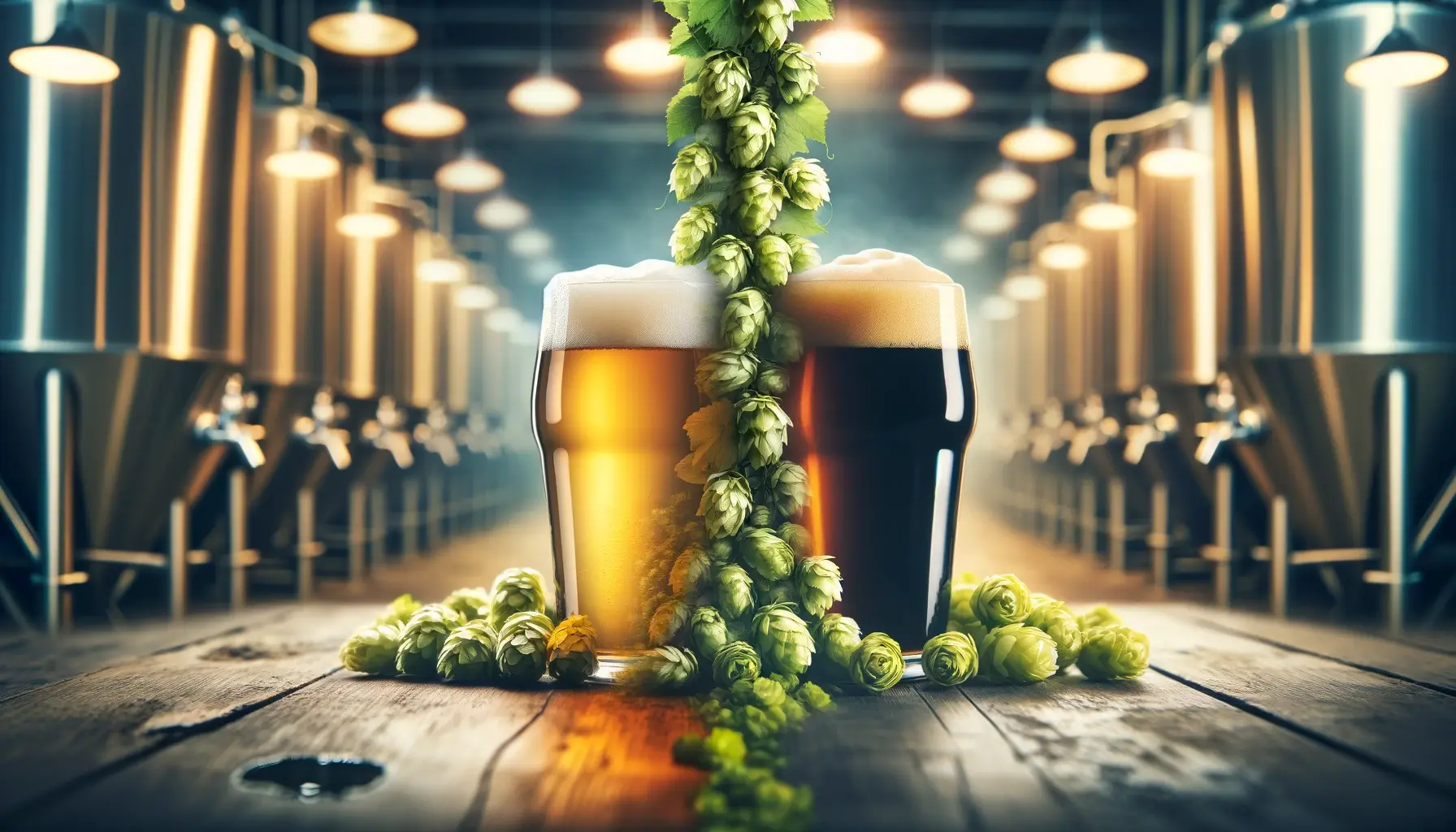
Follow me on Instagram (@drhansbrewery) and Facebook (@drhansbrewery) for more brewing adventures. Visit https://drhansbrewery.com for more insights and don’t forget to grab your free brewing ebook!


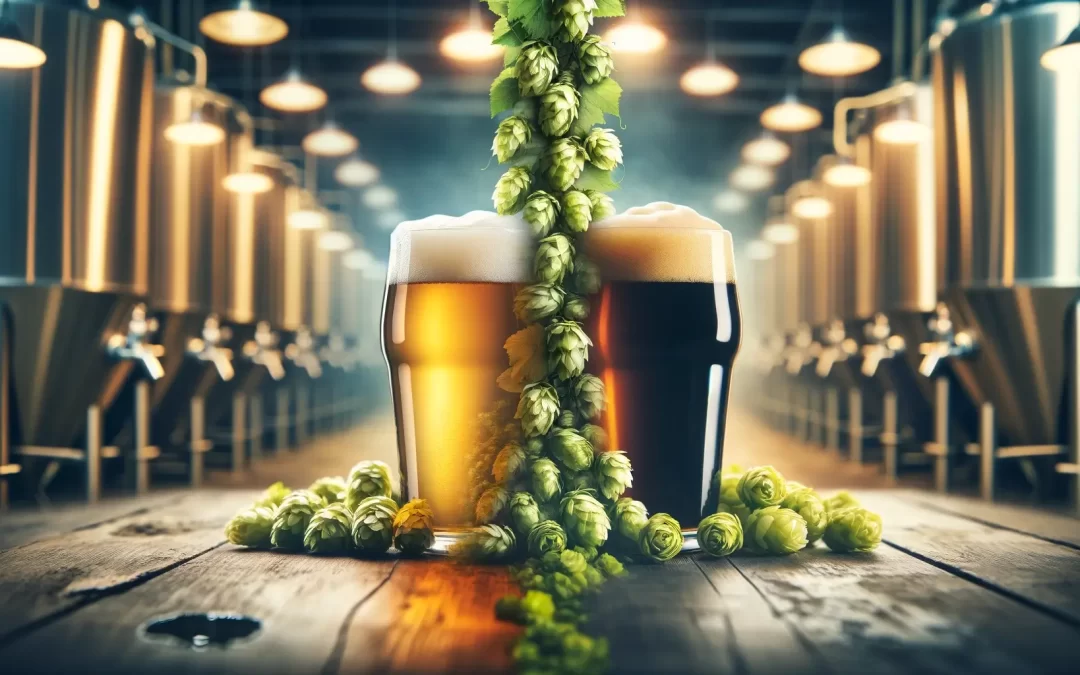
Recent Comments